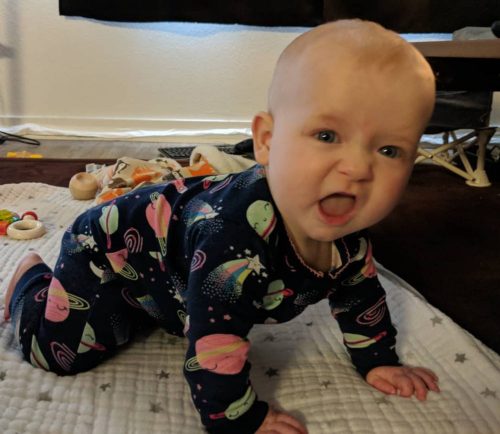Predators object. David Adam has written an article about a policy change at Princeton University. I’m not too impressed with it.
Romantic relationships between university professors and their students are becoming less and less acceptable.
Hang on there, Mr Adam. When were they ever acceptable? Not in my day. They were always recognized as creepy. The terrible professor who slept around with his students has been a stock figure of contempt in literature and movies for a long time.
But OK, on with the specific news.
Many of the new university policies that have emerged in the last few years have focused on undergraduates and how to better protect them, typically with a campus-wide ban on staff dating undergrads. But a number of universities also demand that faculty members do not start relationships with graduate students they supervise. This month, Princeton University went further and declared that faculty members were no longer allowed to date any graduate student—even if the couple works in different departments. Pre-existing relationships are exempt from the new rule.
Announcing the policy after it was approved by a faculty vote on April 1, Dean of the Faculty Sanjeev Kulkarni said in an email to faculty members that the rule would “create a safe, respectful and equitable learning environment for everyone on campus.”
“I think it’s practical and I think it’s prudent,” Rebecca Burdine, an associate professor of molecular biology at Princeton who voted on the measure along with the rest of the faculty in attendance, tells The Scientist. Most importantly, she says, the graduate students asked for it, because faculty members often have huge power over a graduate student’s career and this can create an unequal and unhealthy power dynamic in personal relationships that emerge.
So, the group at the lower end of the power differential is asking for this behavior to end, making quite clear that this has never been about real love and partnerships.
And how does The Scientist title this article? Universities Crack Down on Love in the Lab. Well, that makes their bias crystal clear, anyway.
Then, of course, they have to include criticisms of the policy. The two men claim that there is no asymmetry of power and object to a decision that might shrink the dating pool. The one woman argues that it might mean a person in computer science might not be able to take a course in art history, because they’re dating an art history professor? What an odd concern.
Meanwhile, the people who are breathing a sigh of relief that one more pressure has been removed from their student career are not interviewed, and probably don’t want to be, because that might involve exposing the unpleasantness of some of the faculty they’re depending on to get the heck out of there.
Holy crap. The guy who thought prohibiting professors dating students would be too costly is…the Director of the Program on Ethics and Public Life at Cornell.
This was a fun find. Miller here is the Director of the Program on Ethics and Public Life at Cornell… 🤢https://t.co/QUpNpHXG1b pic.twitter.com/FaXQb3B19y
— Dr. Teresa Swanson (@SciSwany) April 24, 2019






